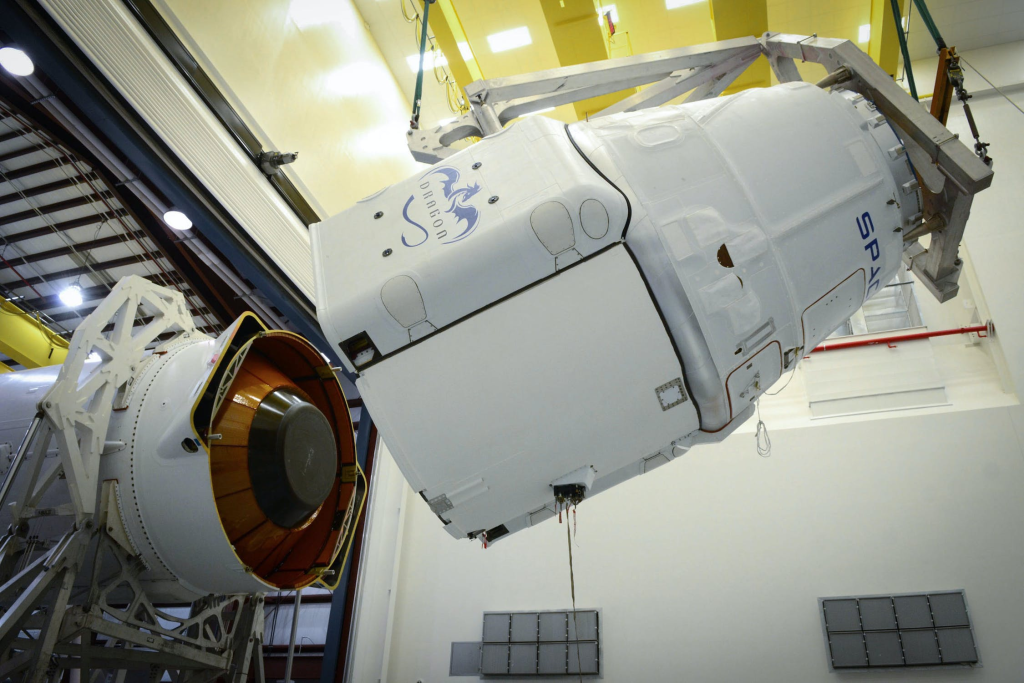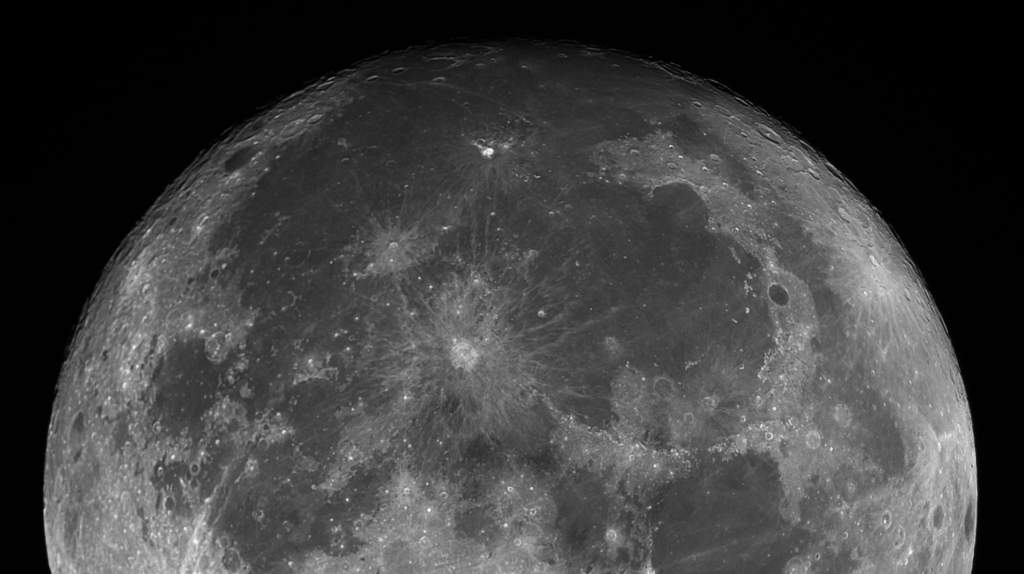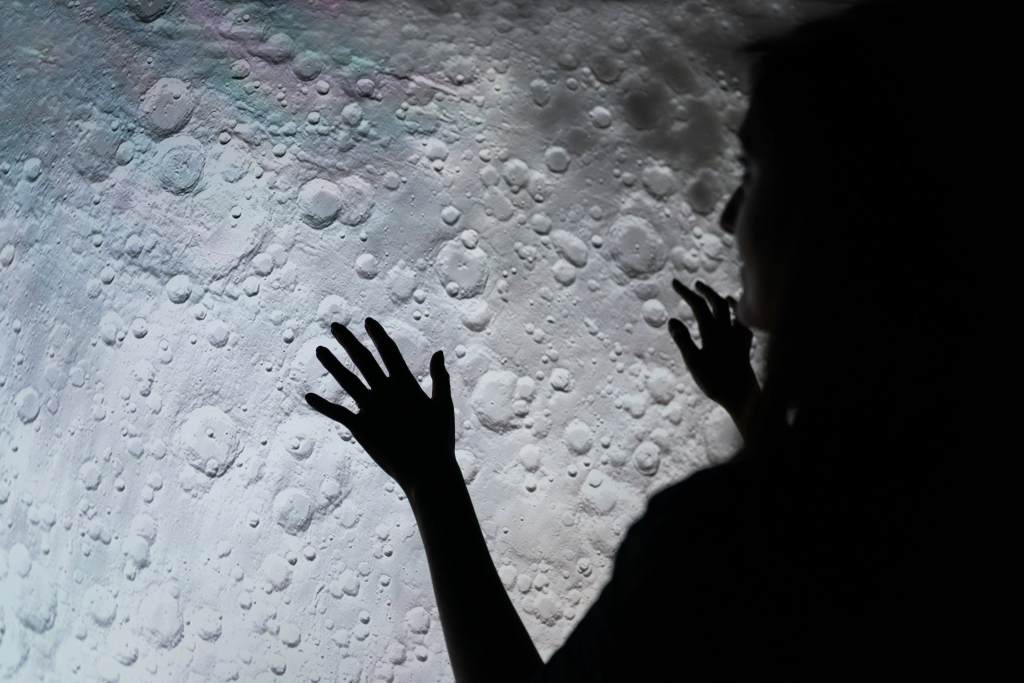The advancement of space exploration has witnessed a significant convergence with cutting-edge technologies, and the Chandrayaan-3 mission by the Indian Space Research Organisation (ISRO) is no exception. As part of the Chandrayaan programme, this lunar exploration endeavor has harnessed the power of Artificial Intelligence (AI) to transform various aspects of the mission, from spacecraft design to safe landing and data analysis. Let’s delve into how AI has played a pivotal role in the Chandrayaan-3 mission.
1. Spacecraft Design and Optimization: AI has revolutionized the spacecraft design process, aiding in the optimization of weight, performance, and safety. The entire ship, including the lander and rover, has been developed using AI techniques. By leveraging AI algorithms, engineers have been able to fine-tune every aspect of the spacecraft’s design, ensuring that it meets the stringent requirements of the lunar mission. This optimization process involves striking a delicate balance between minimizing weight to conserve fuel while ensuring that the spacecraft can withstand the rigors of space travel and the lunar environment.

Engineers utilized AI algorithms to optimize the design of the propulsion module, lander, and rover. By inputting various parameters such as material properties, structural constraints, and mission requirements, AI-driven simulations helped identify the optimal configuration that minimized weight without compromising safety or performance.
2. Safe Lunar Surface Landing: One of the most critical phases of any lunar mission is the safe landing of the lander onto the lunar surface. In the case of Chandrayaan-3, AI algorithms have been harnessed to assist the lander during this crucial phase. These algorithms employ predictive modeling to forecast the lunar topography and identify potential hazards on the landing site. By doing so, AI helps the lander navigate the challenges of the lunar terrain, enhancing the chances of a successful soft landing. This predictive capability plays a pivotal role in preventing mishaps and ensuring a controlled and secure descent onto the Moon.

During the Chandrayaan-3 mission, AI algorithms processed data from high-resolution lunar imagery to create a detailed topographical map of the landing site. These algorithms predicted potential hazards such as boulders, craters, and uneven terrains. The lander then used this information to adjust its descent trajectory and select a safe landing spot, avoiding obstacles and ensuring a controlled touchdown.
3. Rover Exploration and Mapping: AI has also been integrated into the rover’s exploration efforts on the lunar surface. The rover, named Pragyan, relies on AI algorithms to autonomously locate and map intriguing features on the Moon. By employing computer vision and image analysis techniques, the rover identifies interesting geological formations, potential sites for scientific exploration, and hazards to avoid. Additionally, AI algorithms assist in charting the rover’s route, enabling it to traverse the lunar landscape while optimizing its path based on real-time data and situational analysis.

The AI-equipped rover, Pragyan, employed computer vision algorithms to analyze images captured by its cameras. When the rover identified an interesting geological feature or anomaly, it autonomously adjusted its route to investigate further. This allowed the rover to cover a larger area and make discoveries that might have been missed with a predetermined route.
4. Data Analysis and Insights Extraction: One of the mission’s primary objectives is to gather valuable data about the lunar environment and surface composition. However, the sheer volume of data collected poses a challenge when it comes to analysis. This is where AI truly shines. By utilizing AI algorithms, scientists and researchers can analyze the vast datasets collected by the spacecraft and its instruments. AI algorithms can detect patterns, anomalies, and correlations that might otherwise go unnoticed using conventional methods. This enables the extraction of profound insights that contribute to our understanding of the Moon’s composition, geology, and atmospheric conditions.

The rover’s scientific instruments collected a vast amount of spectroscopic data about the lunar soil composition. AI algorithms were employed to analyze this data and identify unique patterns associated with specific minerals. By recognizing these patterns, scientists could deduce the presence of certain minerals, even in trace amounts, providing valuable insights into the Moon’s geological history and composition.
In conclusion, the Chandrayaan-3 mission underscores the pivotal role that Artificial Intelligence plays in modern space exploration. From spacecraft design and optimization to safe landing and data analysis, AI has revolutionized every facet of the mission. By integrating AI algorithms, ISRO has not only enhanced the efficiency and success of the mission but has also opened new avenues for scientific discovery on the lunar surface. As technology continues to advance, it is likely that AI will continue to play an increasingly critical role in shaping the future of space exploration.